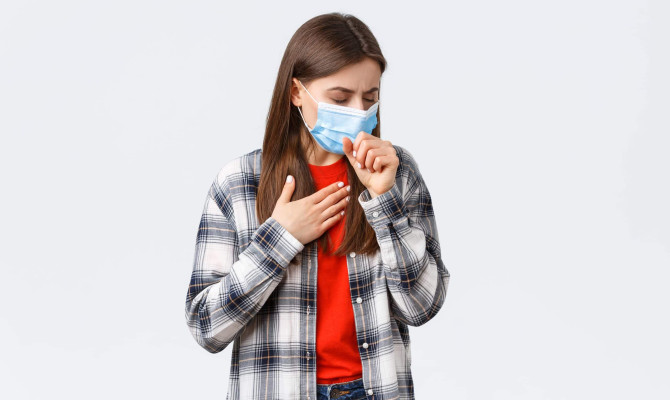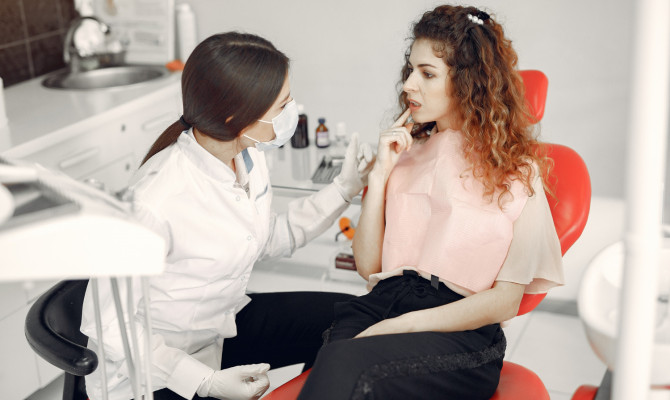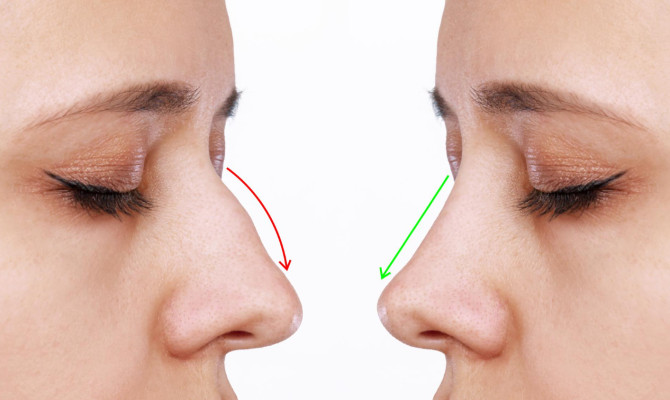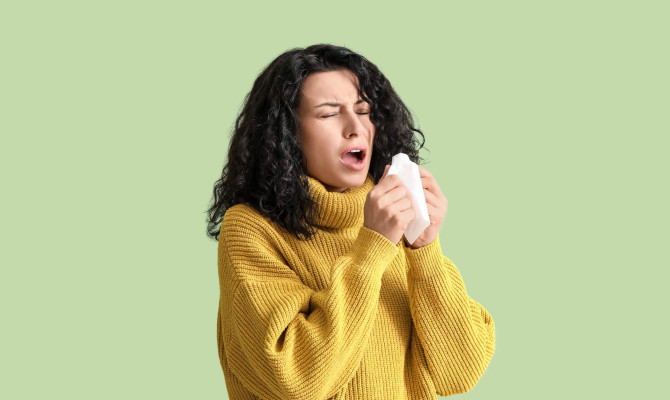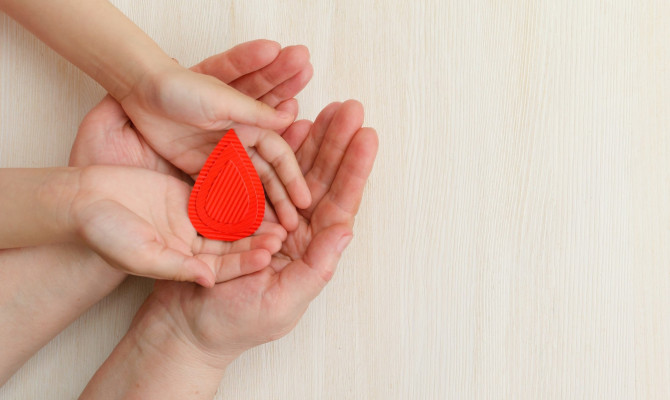Chickenpox: Causes, Treatment and Prevention

- Chickenpox
- 22 Aug 2023
Overview
What is Chicken pox?
The varicella-zoster virus is an infectious illness that causes chicken pox. It has itchy rashes and fluid-filled blisters. Although it mainly affects children, it can also strike adults who have never had the disease or had a vaccination.
This article thoroughly overviews chickenpox, including how it spreads, symptoms, side effects, available treatments, and preventative measures.
By examining its many characteristics, readers will learn valuable tips on identifying, managing, and stopping this deadly disease’s spread.

Symptoms
Symptoms of Chicken pox
A distinct set of symptoms characterizes it; here are some of them listed:
- Rash
- Itching
- Fever
- Fatigue and general malaise
- Loss of appetite
- Respiratory symptoms
Rash
- The main symptom of chickenpox is a red, itchy rash that commonly develops on the face, chest, and back before spreading to other parts of the body. In most cases, it starts as little, raised red pimples that develop into fluid-filled blisters rapidly.
Fever
- Mild to moderate fever, often 101 to 102 F (37.7 to 38.8 C), is common. The fever may start before the rash appears, or it may begin at the same time.
Fatigue
- It may result in general pain, sensations of weakness, and fatigue. People frequently endure headaches, body aches, and general discomfort.
Reduced appetite
- Loss of interest in food or a reduced appetite are both common. This symptom is typically minor and goes away when the infection improves.
Respiratory symptoms
- Mild respiratory symptoms like a runny nose, cough, or sore throat could occasionally accompany it. These, however, are typically less severe than those brought on by cold or flu viruses.1Symptoms| Researched based study from Nlm.nih.gov ,1Symptoms| Researched based study from Nlm.nih.gov
Causes
What causes Chickenpox?
Varicella-zoster virus
- It is the main reason why chickenpox occurs. It is highly contagious and spreads from person to person when an infected individual’s rash or respiratory droplets come into contact with them; when an infected individual coughs or sneezes, airborne particles can also be spread.1Causes| Researched based study from Nlm.nih.gov ,1Causes| Researched based study from Nlm.nih.gov
Transmission
Transmission of Chickenpox
Transmission
- It is highly contagious, putting those who have never had it or have not had the necessary vaccinations at risk for infection.
- Beginning one to two days before the rash manifests and continuing until all blisters have crusted over, the virus can be spread from an infected person.
- The risk is increased by close contact with or exposure to an infected person’s respiratory secretions.
Incubation time
- There is an incubation period between 10 to 21 days following virus introduction before symptoms manifest. The virus multiplies in the respiratory system during this time and spreads throughout the body.
Reactivation as shingles
- The virus stays dormant in nerve cells close to the spinal cord and brain after a person has the condition.
- Herpes zoster, a disorder that causes shingles later in life and is more common in older adults or those with compromised immune systems, is characterized by a painful rash.
Susceptibility
- Children are most likely to be impacted since they are more likely to be exposed to the virus at nursery schools or schools. Serious problems are more likely to occur in some groups, such as pregnant women or those with weakened immune systems.1Transmission| Researched based study from Nlm.nih.gov ,1Transmission| Researched based study from Nlm.nih.gov
Stages
Different stages of Chickenpox
Incubation time
- This includes the time frame from virus exposure to the appearance of symptoms. It typically lasts 10 to 21 days, with 14 days being the norm.
Prodromal stage
- This stage lasts one to two days and features minor symptoms like headache, exhaustion, and fever. The rashes have yet to show up.
Stage of the rash
- The rash develops from tiny, elevated pink bumps to red bumps that finally form scabs. Typically, the rash stage lasts for 5 to 7 days.
Recovery phase
- As soon as the rash begins to scab over, the person is no longer contagious. Usually, the scabs will crust up and peel off, leaving transient scars or imprints. The healing phase can last between five to ten days.3Stages| Researched based study from Researchgate.net
Diagnosis
Chickenpox diagnosis
The rash’s typical symptoms and physical characteristics are frequently used in the diagnosis. A doctor may typically identify it by physical examination and looking through the patient’s medical history. However, extra testing might be required in some circumstances:
Clinical assessment
- A medical professional will assess common signs, such as the rash’s form, where it appears on the body, and any accompanying symptoms like fever and itching. It is easier to diagnose that rash because of the way it often develops: from red pimples to fluid-filled blisters that finally crust over.
Medical history
- The doctor will inquire about recent interaction with a patient who has the illness as well as vaccination history.
Laboratory tests (Rare)
These tests may be carried out in some circumstances to verify the diagnosis. Those with unusual symptoms or those at higher risk of problems are often the ones who should use these.
- Viral culture: a sample of blister fluid, a swab from the nose, or a swab from the throat may be taken and sent to a lab for viral culture.
- Polymerase chain reaction (PCR): Samples taken from the rash or respiratory secretions can be used in OCR testing to identify the virus’s genetic makeup. This test can make an immediate and precise diagnosis and is very sensitive.4Diagnosis| Researched based study from Nhs.uk
Treatment
Treatment of Chickenpox
The main objectives of the treatment are to reduce symptoms and prevent negative outcomes. Usually, it is a self-limiting condition that gets better on its own without much medical help. However, several steps can be taken to reduce pain and encourage recovery.
Reduce itching
- Antihistamines can be taken orally and administered topically to reduce itching. You can also apply calamine lotion or over-the-counter hydrocortisone cream to the affected regions.
Alleviate discomfort and fever
- Ibuprofen or paracetamol, available over the counter, can relieve pain and fever. Due to the possibility of Reye’s syndrome, a rare but deadly illness, aspirin shouldn’t be administered to kids or teenagers.
Proper hygiene practices
- To avoid secondary bacterial infections, keep the skin dry and clean. Gently use warm water and a light soap to clean the affected areas.
- Especially after being in public or near an infected person, remind individuals to wash their hands frequently with soap and water.
- To reduce the chance of bacterial infections and scarring, trim fingernails and discourage scratching. It could be beneficial to wear gloves or mittens, especially for young children.
Measures for comfort
- Loose and breathable garments help lessen discomfort and irritability caused by clothes pressing against the skin.
- Wet compresses or a cool bath might help calm the skin and ease irritation. Use of hot water should be avoided because it may worsen itching skin.
Contagion prevention
- Avoid close contact with people who have chickenpox, especially if they are immunocompromised, pregnant, or have young children who are not yet protected by maternal antibodies.
- Stay at home until all blisters have crusted over before going to work, school, or other public locations to stop the infection from spreading.
Antiviral drugs (in some cases)
- Acyclovir and other antiviral medications may be administered in some circumstances, especially for persons most likely to experience serious problems, such as adults, adolescents, and those with compromised immune systems.
- If used early during the infection, these medications can help minimize the severity and length of the condition.5Treatment| Researched based study from Nlm.nih.gov ,6Treatment| Researched based study from Wales.nhs.uk
Prevention

Chickenpox prevention measures
Vaccination
- The most effective way to prevent chickenpox is by vaccination.
- In addition to aiding in prevention, it decreases the severity of the condition in people who develop it.
- Two doses are typically given, the first between 12 and 15 months and the second between the ages of 4 and 6 years .
Maintain proper hygiene
- Keeping yourself clean can lower the chance of transmission. Encourage people to regularly wash their hands with soap and water, especially after being in public or around an infected person.
Keeping a safe distance
- It is crucial to avoid close contact because it can spread through direct contact or breathing droplets from an infected individual.
Isolation
- If a member of your family has the illness, keep them away from those who don’t have it or haven’t taken the vaccine.
Cover the rash
- To prevent the spread of the rash, advise people to cover it with bandages or loose-fitting clothing.
Boost immunity
- Keeping your immune system strong might help you avoid contracting several infections. Consume a healthy diet, work out frequently, get enough rest, and practice stress management techniques.7Prevention| Researched based study from Nlm.nih.gov
Any feedback on this article?
 This Articles content was accurate
This Articles content was accurate Very Informative Article
Very Informative Article I have a question or a comment
I have a question or a comment
 This article contains inaccurate content
This article contains inaccurate content This article was not helpful
This article was not helpful I have a question or a comment
I have a question or a comment
We appreciate your helpful feedback!
Checkout our social pages
References
-
National Library of Medicine
Varicella-Zoster Virus (Chickenpox) | Causes | Symptoms
-
National Library of Medicine
Chickenpox | Causes | Symptoms
-
Research Gate
Chickenpox | Stages
-
National Health Service
Chickenpox | Diagnosis
-
National Library of Medicine
Chickenpox: treatment | Treatment
-
NHS Wales
Chickenpox | Treatment
-
National Library of Medicine
Preventing Varicella-Zoster Disease | Prevention















